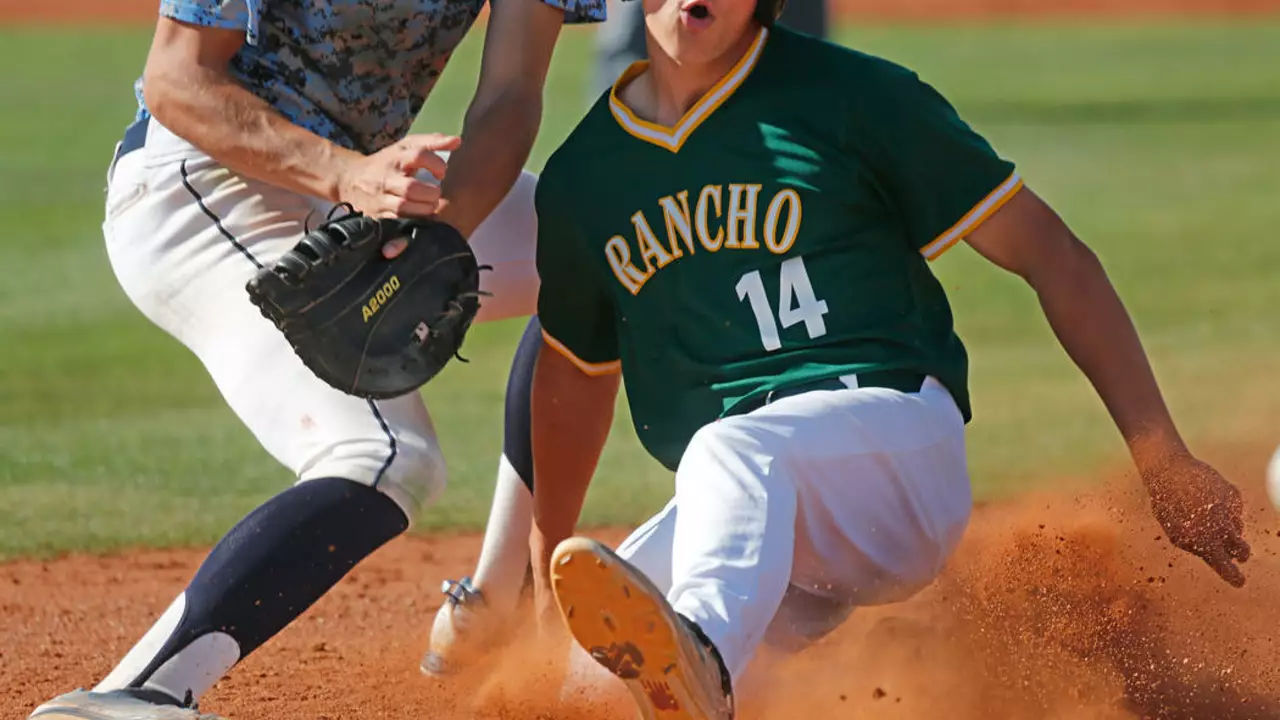Sports Injury: What Every Baseball Player Should Know
When talking about sports injury, any damage to muscles, joints, or bones that happens while playing or training. Also called athletic injury, it affects performance, recovery time, and long‑term health. sports injury isn’t just about the obvious hits; it includes overuse problems that build up day by day.
Common Baseball Injuries
Baseball players most often deal with shoulder injury, pain or strain in the rotator cuff from repetitive throwing and elbow injury, such as ulnar collateral ligament tears that can sideline a pitcher. Knee sprains, ankle twists, and hamstring pulls also show up frequently, especially in outfielders who sprint hard. Each injury type has its own warning signs—tightness, swelling, or loss of range—and catching them early can spare months of rehab.
Understanding how these injuries differ helps you spot trouble before it turns into a season‑ending problem. For example, a dull ache in the shoulder after a long bullpen session usually means overuse, while a sharp pop in the elbow during a fastball often signals a more serious ligament issue.
Beyond the physical pain, injuries can shake a player’s confidence. That mental hit is why many teams pair medical staff with sports psychologists to keep morale high while the body heals.
These insights set the stage for the prevention strategies you’ll find next.
Prevention Through Conditioning
Proper conditioning is the single most effective weapon against conditioning, targeted strength and flexibility work that prepares the body for baseball’s demands. A balanced routine includes rotator cuff strengthening, core stability drills, and dynamic leg work. When players build muscle endurance, they lower the strain on joints during each pitch or swing.
Warm‑ups matter, too. A quick 10‑minute routine of light jogging, arm circles, and hip mobility can raise muscle temperature and improve nerve signaling, cutting the risk of strains. Coaches who enforce these habits see fewer missed games and a more resilient roster.
Nutrition also plays a role. Adequate protein supports muscle repair, while electrolytes keep cramping at bay. Hydration helps maintain joint lubrication, which is crucial for the sliding and diving that happen on the field.
All these pieces—strength, mobility, warm‑ups, and diet—work together to create a protective shield around the body.
Protective Equipment and Safety Gear
Even the best conditioning can’t stop every impact, so wearing the right gear is essential. protective equipment, items like helmets, sliding pads, and elbow guards designed to absorb shock reduces the force that reaches bones and muscles.
For catchers, a well‑fitted helmet with a face mask prevents head injuries, while a chest protector cushions the spine during foul balls. Infielders benefit from lightweight sliding gloves that protect the hands without limiting dexterity. Proper fitting is critical—gear that’s too loose can slip, and gear that’s too tight can restrict movement, both increasing injury risk.
Regular inspection of equipment is a habit often overlooked. Cracked helmets or worn‑out pads should be replaced immediately to keep protection reliable.
When gear and training line up, the margin for injury shrinks dramatically.
Rehabilitation and Recovery Strategies
When an injury does occur, a structured rehabilitation, planned program of therapy, exercises, and gradual return to play plan is key. Early stages focus on reducing inflammation with ice, compression, and rest. As pain subsides, gentle range‑of‑motion work restores flexibility.
Physical therapists then introduce strength building, starting with low‑load movements and progressing to sport‑specific drills like light throwing or batting practice. Monitoring pain levels and adjusting load prevents setbacks.
Modern rehab often includes technology: motion‑capture analysis to spot faulty mechanics, and blood‑flow restriction training to speed up muscle gains without heavy weights. Mental resilience training also helps players stay motivated during long rehab cycles.
Clear communication between doctors, trainers, and the player ensures the timeline is realistic and the return to competition is safe.
With the right approach, most athletes bounce back stronger, and the lessons learned during rehab feed back into better prevention habits.
Below you’ll find a curated selection of articles that dive deeper into each of these areas—common injuries, training tips, gear reviews, and rehab protocols—so you can keep your game on track and stay injury‑free.
- Quinton Stryker
- 0
How to play baseball with a missing big toe on your foot?
Playing baseball with a missing big toe might seem challenging, but it's definitely possible. The key is to adapt your stance and movements to compensate for the lost balance and power usually provided by the big toe. It's crucial to focus on strengthening your other toes and leg muscles to aid in running and pivoting. Using customized footwear can provide extra support and comfort. Remember, patience and perseverance will be your best allies in this journey.
Read more